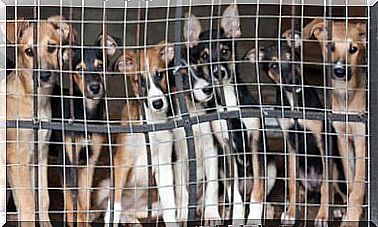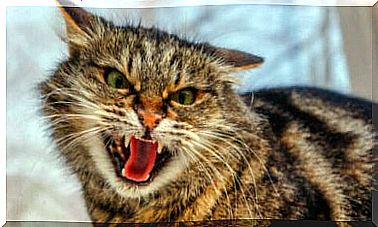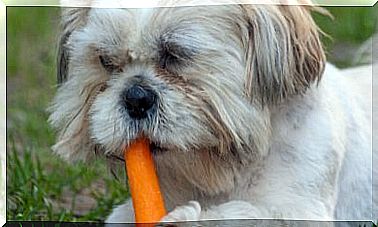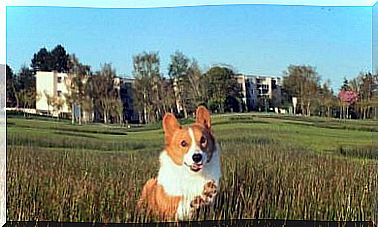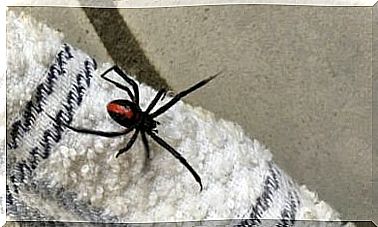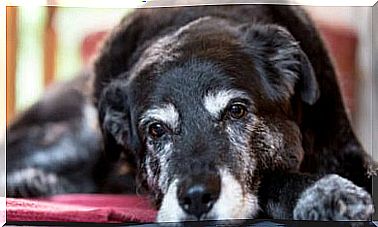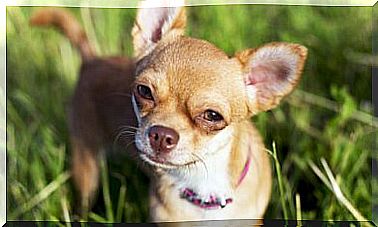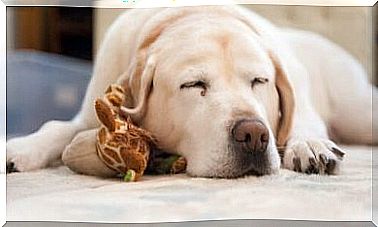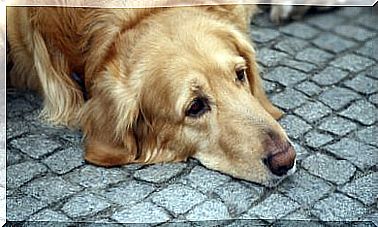Kohana Or “Hawaian Hairless” Cat
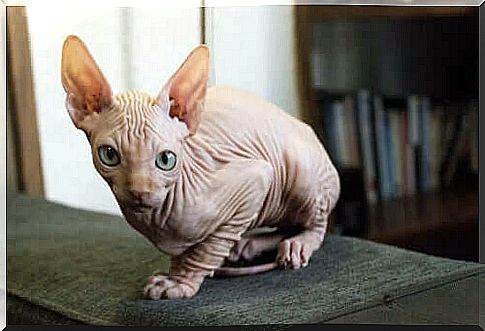
Unlike other cats, which are called pelzlos, the characterized Kohana by the absence of hair follicles due to a genetic mutation. The result is skin that looks wrinkled and rubbery.
Origin of the Kohana breed
The existence of the Kohana cat was documented in 2002. There are, however, various, less precise theories about its origin. It was initially confirmed that the breed came from a litter of stray cats in Hawaii in which some of the kittens had a genetic mutation.
Rather than altering the function of the hair follicles, as is the case with other bald cat species , this variation caused their absence.
Another hypothesis then emerged that attributed this breed to a cross between a Donskoy Sphynx cat and a Canadian Sphynx cat (both are bald breeds). It was also thought that it was a natural mutation in the latter.
After a DNA test was finally carried out, it was found that the mutation of the Kohana cat is the same as that of the Sphynx, but that different genes played a role.
Nowadays they are seen as a minority race. That’s because it’s difficult to reproduce. It is also important to point out that there are cat clubs and experts who, based on taxonomy, genetics and zoology, claim that this is not a new breed at all. They say that mutations occur roughly every fifteen years, which are responsible for new, furless cats.
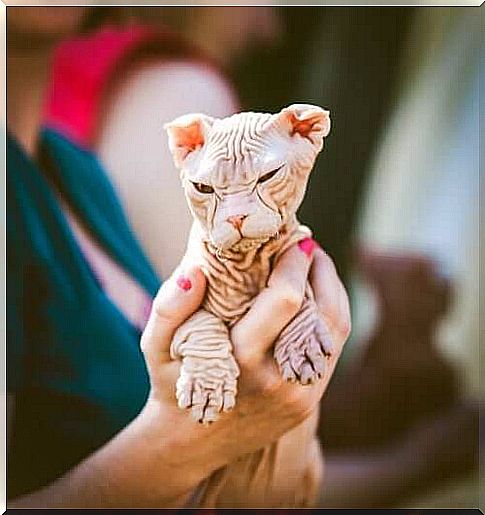
Characteristics and care of the Kohana cat
This cat has a broad and muscular build, which, thanks to the absence of its fur, can be admired through the many body folds. Your average body weight varies between three and six kilograms. Also, her back legs are longer than the front legs, so she moves a little strange when she walks.
Due to their bare appearance, one can admire the cream or pink skin tone of the Kohana. But white and black specimens have also been seen.
This breed is intelligent, cuddly, and energetic, so it needs a lot of attention. Your caregivers save the time for grooming, which you have to invest in other breeds. This also has an advantage for the cats themselves, because it prevents balls of fur.
Dental care, including the gums, is particularly important for balanced health. If bacterial deposits and other bacteria multiply, this can lead to complications. These can lead to serious illnesses.
For these reasons, regular hygiene and a veterinarian-recommended feed are important elements in ensuring the kitty’s well-being.
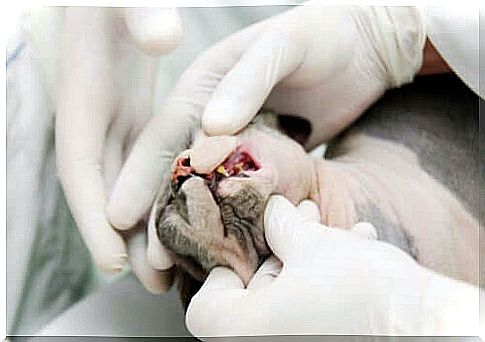
It is also important to check your eyes regularly. The Kohana cat has no eyelashes, which makes it easier for dirt particles to enter their eyes. There they can cause conjunctivitis. To avoid this, caregivers should soak gauze in isotonic saline solution. This can then be used to remove any sleep or dirt from the eye area.
Advantages of the breed
In contrast to other velvet paws, this breed can be very beneficial for those people who suffer from an allergy to cat hair, but still do not want to do without the company of a kitty. That being said, the absence of the hair follicles avoids the accumulation of tufts of fur. These lead to the well-known vomiting that normal cats suffer after licking each other during their fur hygiene.
The Kohana cat is a real house animal. So it happens that you avoid the possible illnesses or losses that cat owners often suffer.
The Kohana cat may appear sensitive at first. However, if you give it the necessary care, the appropriate food and sufficient petting, it can live up to 17 years. Her dynamic and loving behavior is the best indicator that she is comfortable with you.
